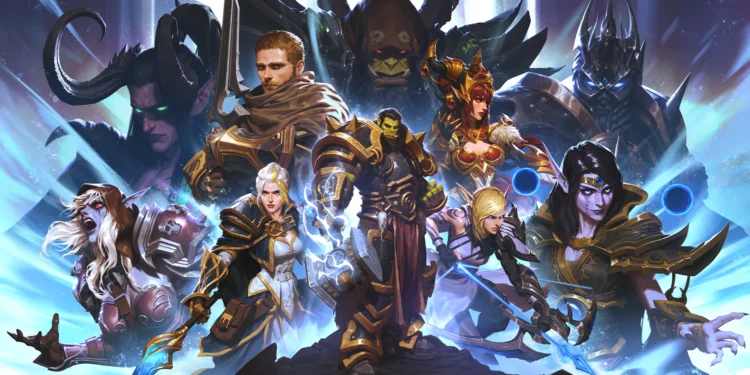As Blizzard celebrates the 20-year anniversary of its monumental game, World of Warcraft (WoW), we take a deep dive into how this genre-defining MMORPG has evolved while maintaining its core identity, and what the future holds for this ever-expanding universe.
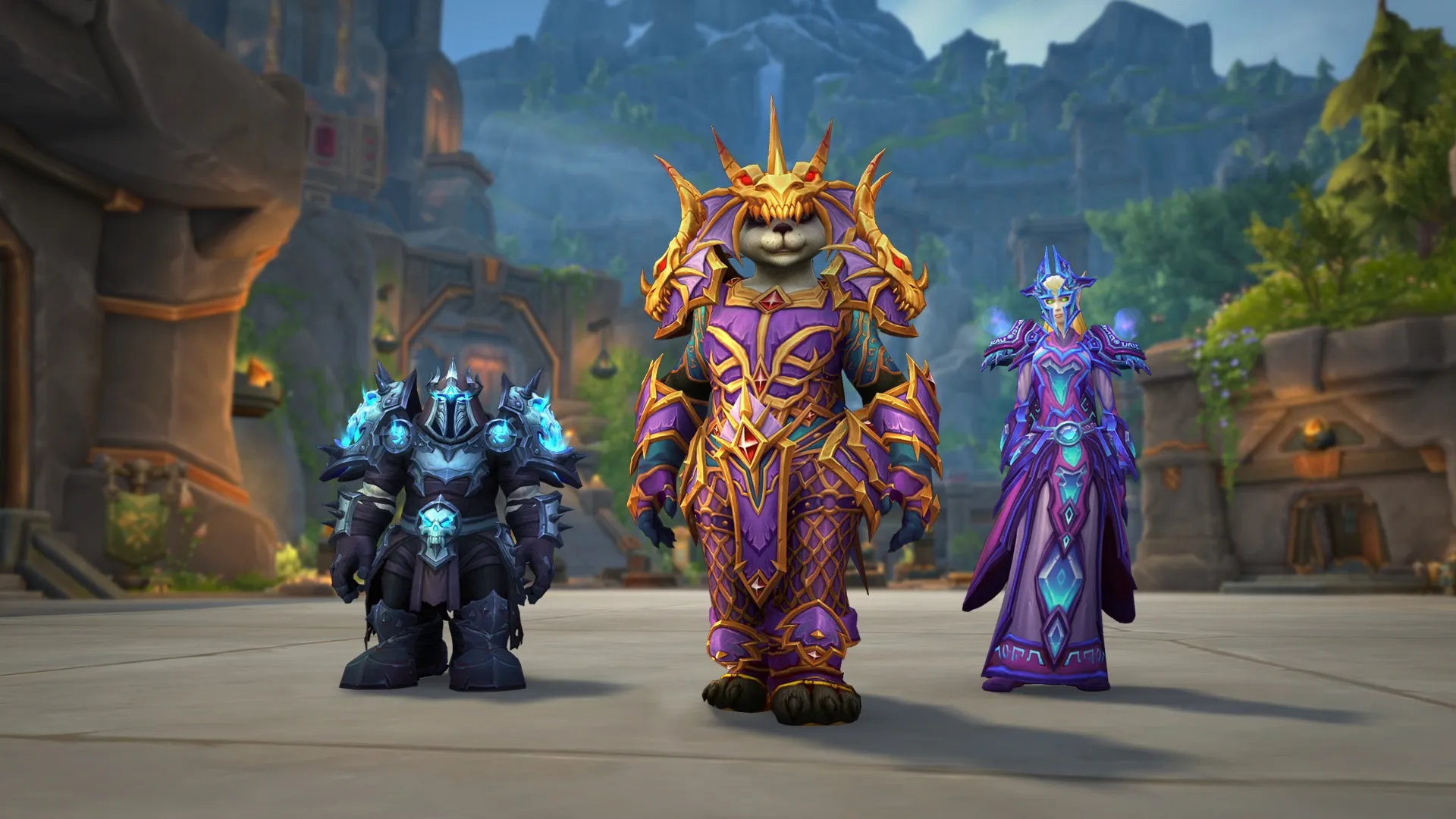
The Genesis of a Gaming Giant
Twenty years ago, when World of Warcraft was first released on November 23, 2004, it was more than just a new title in the gaming market; it was a revolution. Blizzard Entertainment had taken the blueprint established by games like Everquest and transformed it into a polished, accessible, and utterly captivating experience that would soon become a cultural phenomenon. Holly Longdale, Executive Producer for WoW, encapsulates the sentiment of the original game as bringing players “home to a place they fell in love with.” This notion of familiarity and nostalgia is a key component of WoW’s lasting appeal.
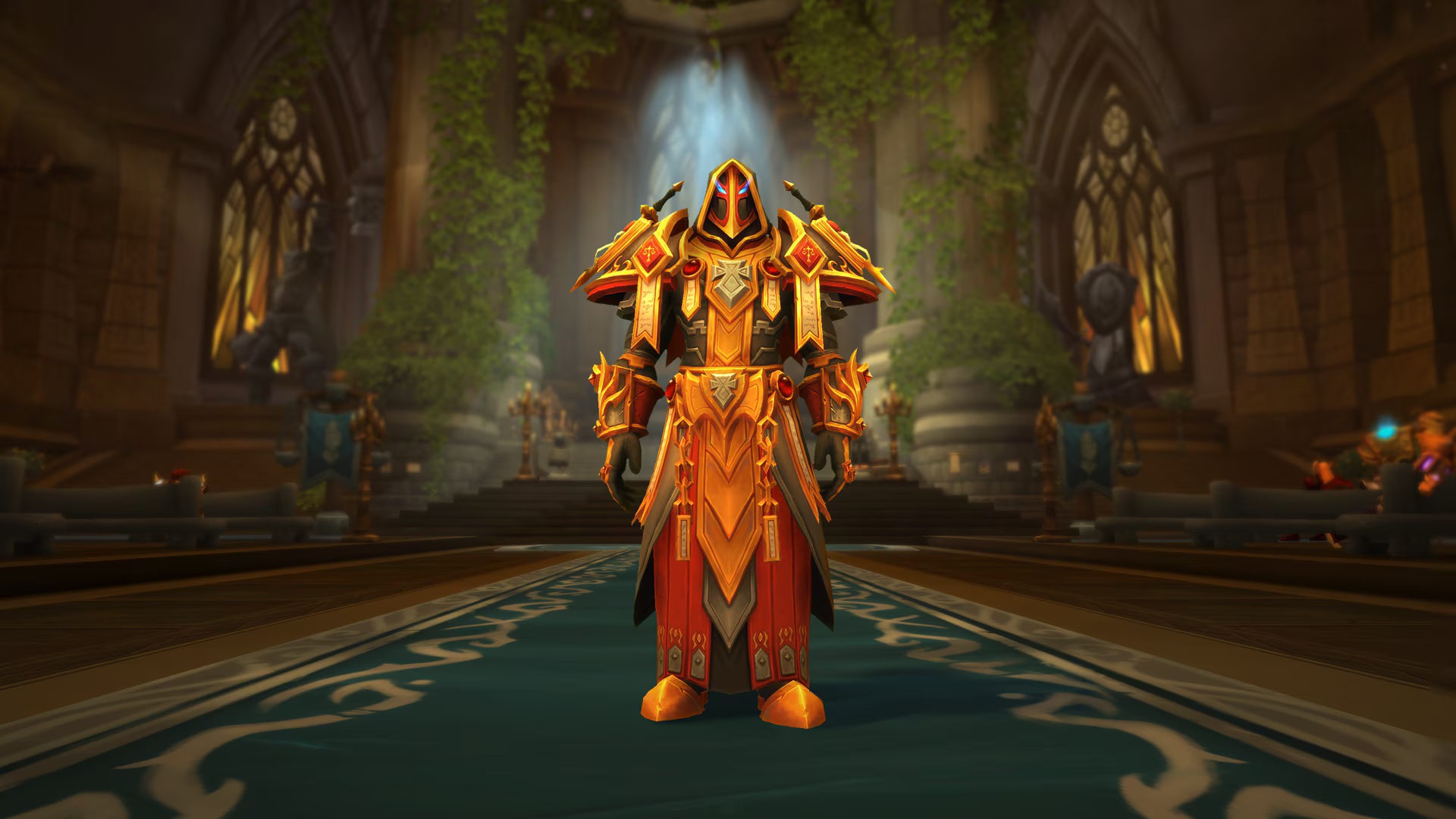
Adapting to a Changing World
Despite its age, WoW has managed to stay relevant and beloved by both old and new players. This is largely due to Blizzard’s commitment to evolution while ensuring the game’s essence remains untouched. “There’s something really powerful about coming home,” says Longdale, stressing the importance of maintaining the game’s core to enable returning players to find the WoW they remember.
Innovation within WoW is not just about adding new content, but also about rethinking existing paradigms. Ion Hazzikostas, the game’s longtime director, points to significant changes like the fading barrier between the game’s two major factions, Horde and Alliance, which now can cooperate in certain scenarios—a concept once considered “unfathomable.”
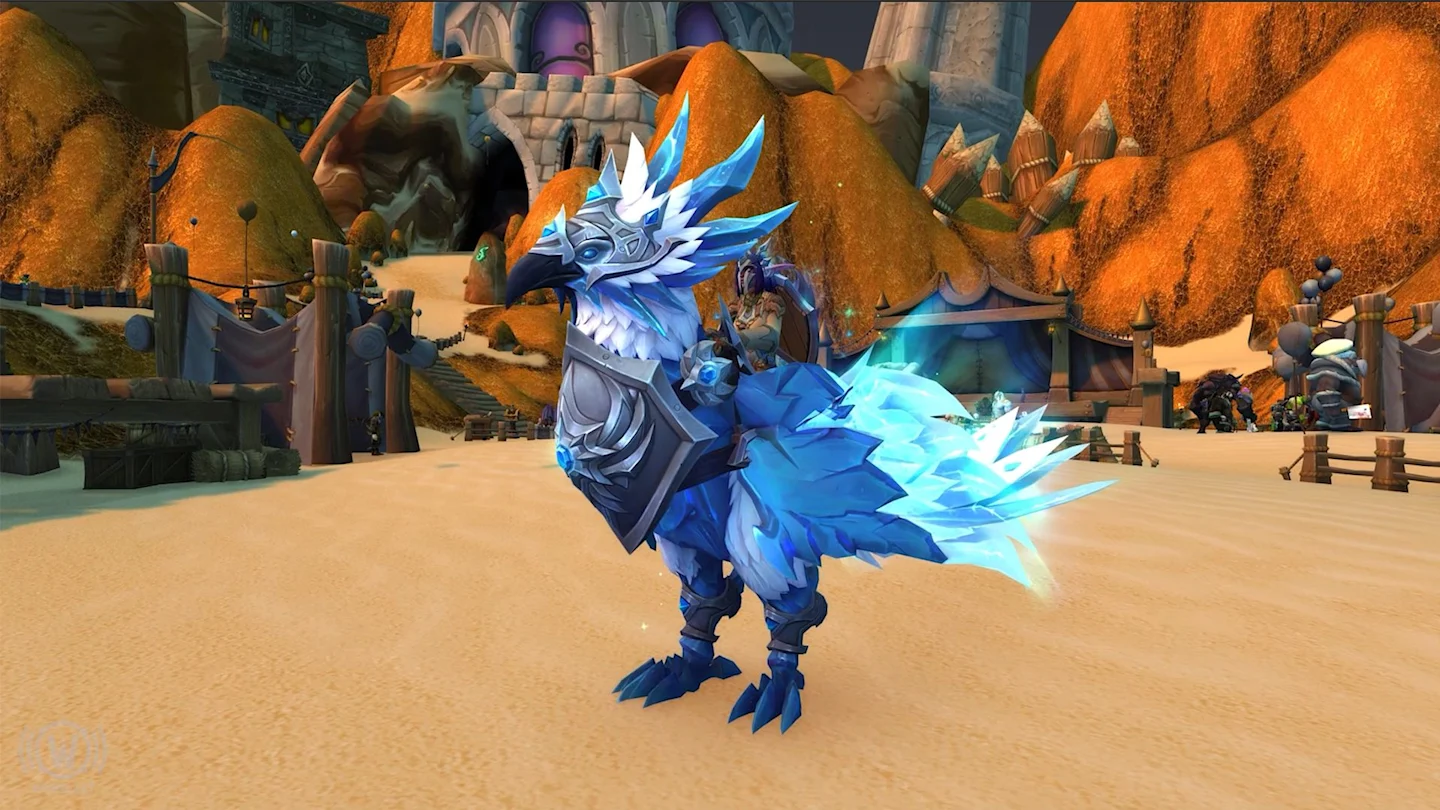
The Community’s Role in Shaping WoW
The strength and feedback of the WoW community have been instrumental in the game’s development. The connection players feel with Azeroth is not just about individual adventures but also about the relationships formed. “The bonds, friendships, and families that have been forged in Azeroth,” Hazzikostas notes, have played a critical role in encouraging Blizzard to adapt and cater to the evolving needs of its player base.
Moreover, Blizzard’s approach has become increasingly data-driven. They are now investing more in understanding player interactions and integrating that data into game development. Longdale points out that this strategy is crucial for planning the future, noting that the team is focused on “more frequent content updates,” which has been a successful formula since the launch of the 2022 Dragonflight expansion.
Preserving the Past with WoW Classic
Recognizing the desire among players to experience the game as it once was, Blizzard introduced “WoW Classic” in 2019, allowing players to relive the game’s earlier days. This move not only preserved the history of WoW but also satisfied a niche of the community yearning for the nostalgia of the game’s original challenges and experiences.
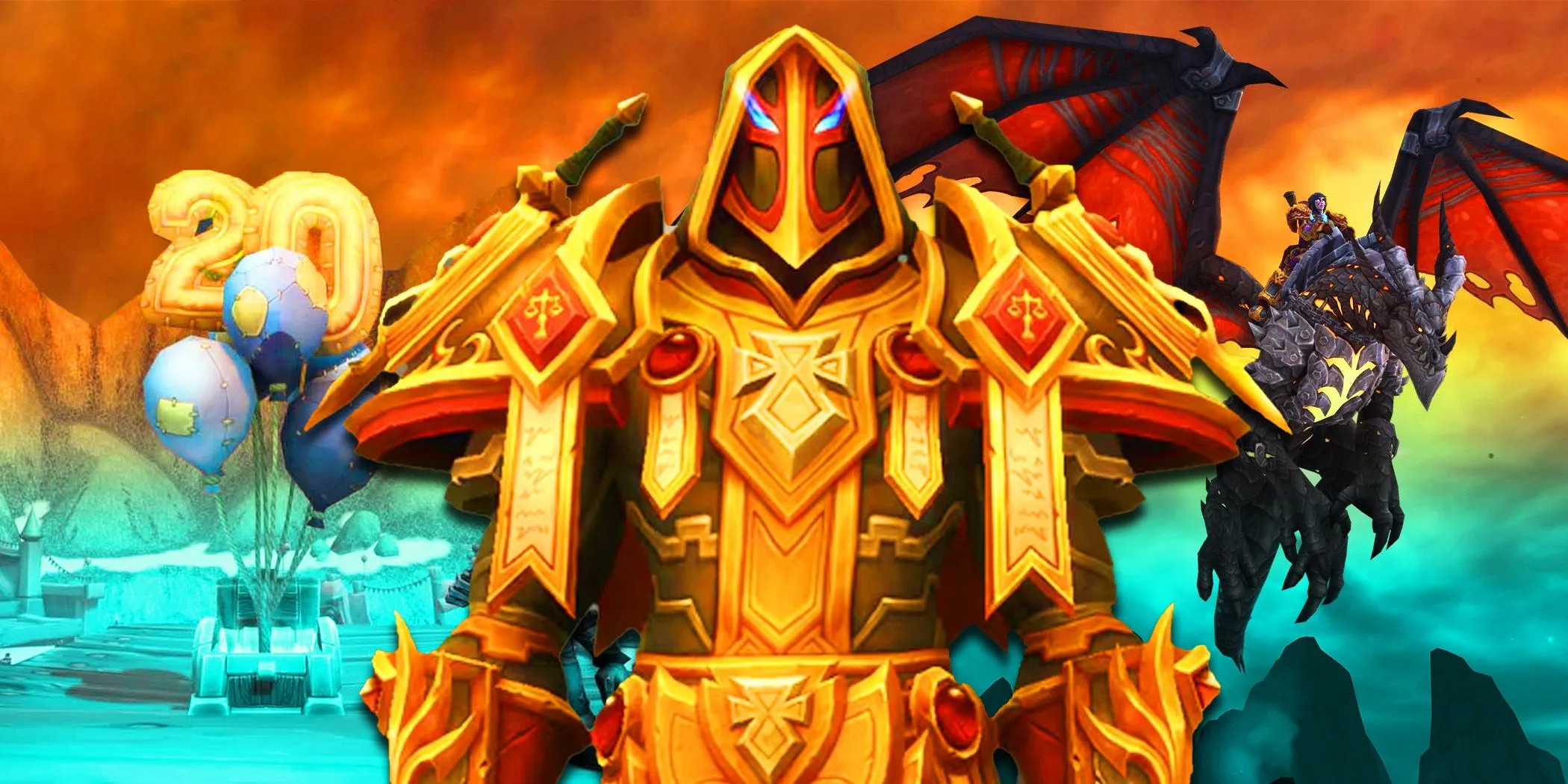
Looking Forward: The Next 20 Years
As WoW steps into the next two decades, the focus is squarely on growth and inclusivity, with plans to make Azeroth a universal name. “We want everybody on the planet to be in Azeroth, at some point,” Longdale expresses enthusiastically, highlighting a vision of expanding the game’s reach and impact.
Blizzard’s forward-looking strategy is not just about expansion but also about adaptation. As WoW continues to evolve, it promises to keep pace with the times while respecting its roots, ensuring that it remains a staple in the world of MMORPGs.
In summary, as World of Warcraft celebrates two decades of success, it’s clear that its journey is far from over. With a commitment to its community, a respect for its heritage, and an eye on the future, WoW remains a dynamic and enduring universe, ready to welcome generations of gamers to the enchanting world of Azeroth.

